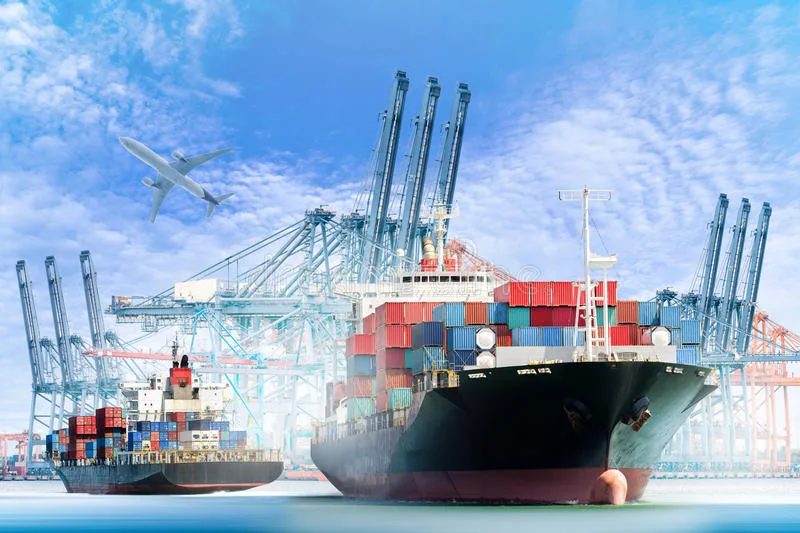You have several main logistics options for shipping from China to Japan, each with their own pros and cons and suitable for different types of cargo and shipping needs. Here are some common shipping methods and their characteristics:
air transport
Timeliness: Air freight is the fastest way. It usually only takes 2-5 working days from major cities in China to metropolitan areas in Japan (such as Tokyo and Osaka), and is suitable for urgent or high-value goods.
Cost: The cost is relatively high, but considering the fast shipping time, for some items, inventory costs and time value loss can be reduced.
Applicable goods: Suitable for small, light and high-value goods, such as electronic products, fashion products, documents, etc.
Sea shipping
Timeliness: Sea shipping is the most economical option, but it takes longer. The shipping time from China to Japan is about 3-4 weeks, depending on the route, port congestion and weather.
Cost: Relatively low cost, especially suitable for bulky, heavy or non-urgent shipments.
Applicable goods: Suitable for furniture, machinery, raw materials, bulk goods, etc.
Delivery Service
Timeliness: International express delivery services such as DHL, FedEx, UPS, etc. provide fast door-to-door services from China to Japan. The timeliness is generally 2-7 days, which is suitable for small batches and urgent goods.
Cost: The price is calculated based on weight and volume, which is usually higher than ordinary air freight, but includes more value-added services, such as fast customs clearance, real-time tracking, etc.
Land transportation + sea transportation/air transportation
For cities on the eastern coast of China, it may first be transported by land to the port, and then transported by sea or air to Japan, which is suitable for cargo transshipment in neighboring areas.
How Much Does It Cost To Ship From China To Japan

The cost of shipping from China to Japan varies depending on factors such as shipping method (air, sea, express), cargo weight, volume, type, and origin and destination. Here are some rough cost references:
air transport
EMS (China Post Express): The first weight of 500 grams is about 109 yuan, and the additional weight is about 24 yuan per 500 grams.
International express delivery (such as DHL, FedEx, UPS): The price fluctuates greatly. Taking 1 kilogram as an example, the cost is approximately between 98.9 yuan and 110.67 yuan, depending on the express delivery company and the type of goods. As the weight increases, the average unit price usually decreases.
Sea shipping
20-foot container: The cost is approximately RMB 1,500-2,500, suitable for large quantities of goods.
Bulk shipping: Calculated per cubic meter, the cost is approximately RMB 500-800, depending on the logistics company and the type of cargo.
express delivery
International Express: Depending on the express company and the weight of the goods, the price ranges from 75 yuan to 110.67 yuan/kg. The heavier the weight, the lower the unit price is usually.
Rail transport
China-Europe freight trains: The cost and time depend on the specific route and service provider. For example, the overall delivery time for rail freight from Shenzhen, China to Spain is about 30 calendar days, but the specific cost and time to Japan need to be inquired separately.
How Long Does It Take To Ship From China To Japan

The time it takes to ship goods from China to Japan varies depending on the shipping method chosen:
Air freight: It usually takes 2-5 working days, depending on flight arrangements, departure and landing cities, and the speed of customs clearance of the goods. Express services (such as DHL, UPS, and FedEx) are generally faster and can be delivered within 2-4 days, suitable for urgent or high-value shipments.
Sea transportation: Sea transportation takes longer, generally between 30 and 45 days, depending on the route, departure and destination ports, and the ship’s sailing schedule. Ocean shipping is suitable for large, heavy cargo or cargo that is not too time-sensitive.
Railway transportation: Through China-Europe trains or other combined railway lines, the rail transportation time from China to Japan is about 18-22 days. The specific time depends on the line arrangement and transfer conditions. Rail transport is faster than sea transport and generally costs less than air transport.
Express services: International express services, such as EMS, SF International, etc., can usually complete door-to-door delivery within 5-7 working days. The specific time varies according to the type of cargo, weight, and starting and ending points.
Please note that the above times are approximate estimates, and the actual transportation time will also be affected by various factors such as holidays, weather, and customs clearance efficiency. Therefore, when arranging transportation, it is recommended to confirm with the logistics company the latest transportation schedule and any factors that may affect transportation timeliness.
Air Freight Costs From China To Japan
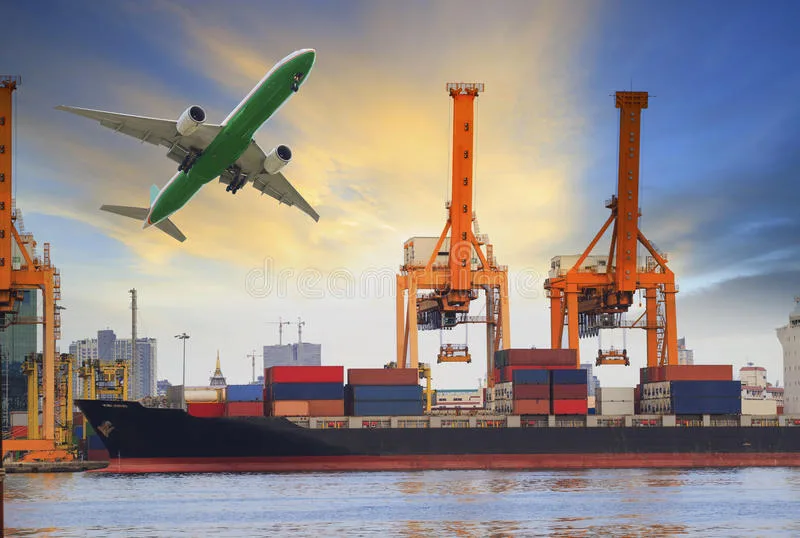
Air freight costs from China to Japan vary depending on the logistics company, cargo weight, volume, urgency of shipping needs, and whether additional services are required (such as door-to-door, special packaging, etc.). Here are some reference price ranges:
EMS International Express: Documents start at RMB 115 for the first weight of 500 grams, and RMB 40 for each additional weight of 500 grams. For packages, prices may vary.
International express companies such as DHL, FedEx, and UPS: The cost of documents to Japan is approximately 110 yuan to 140 yuan, depending on the weight and specific service. Package fees are calculated based on actual weight or volumetric weight, and the price range is large, ranging from about 140 yuan to dozens of yuan per kilogram, depending on weight and discounts.
Air cargo: Prices vary greatly depending on the airline and cargo weight. For example, Air China’s prices range from RMB 240 for 0.5kg to RMB 540 for 5kg. This is only the price to the airport and does not include pickup, customs clearance and door-to-door delivery fees.
Dedicated line service: Specific Japanese dedicated line express service, the cost may start at around 160 yuan, suitable for documents, and the timeliness is relatively fast.
It should be noted that the above price information is subject to change and does not include other fees that may be incurred, such as fuel surcharges, remote area surcharges, customs clearance fees, etc. In order to get the most accurate quotation, it is recommended to contact the logistics company directly and provide detailed cargo information (such as weight, volume, product name, origin and destination, etc.) for inquiry.
Sea Shipping Costs From China To Japan
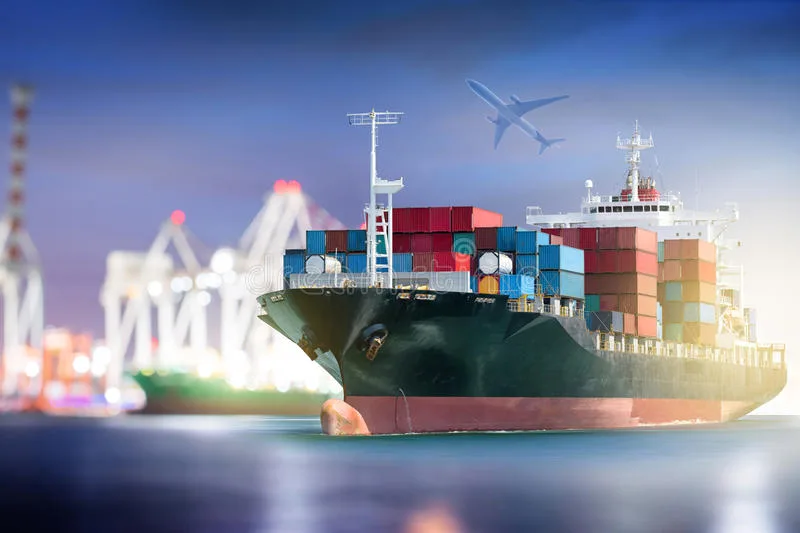
Shipping costs from China to Japan vary depending on factors such as the weight, volume of the goods, mode of transportation (FCL or LCL), port of departure and port of destination, type of cargo, market fluctuations, and other factors. Here are some rough cost references:
Less than Container Load (LCL): Calculated by volume, the cost per cubic meter is approximately RMB 500 to RMB 800. The specific price depends on the logistics company, port, and cargo conditions. Some quotes may already include basic sea freight, port charges, and other basic surcharges.
Full container (FCL):
20-foot container: The shipping cost is approximately RMB 1,500 to RMB 2,500.
40-foot container: The shipping cost is approximately RMB 2,500 to RMB 4,000.
Please note that these prices are only a rough guide and actual costs will vary due to market supply and demand conditions, fuel price fluctuations, seasonal changes, and additional services (such as customs clearance, insurance, warehousing, towing, etc.). Additionally, if you are transporting special cargo (e.g. dangerous goods, overweight and oversized cargo, etc.), the charges may be higher and require additional processing and documentation fees.
In order to get the most accurate quotation, it is recommended to contact the shipping logistics company directly and provide detailed cargo information (including but not limited to cargo type, weight, volume, origin, destination port, etc.) for personalized inquiry.
Cargo Transportation Routes From China To Japan
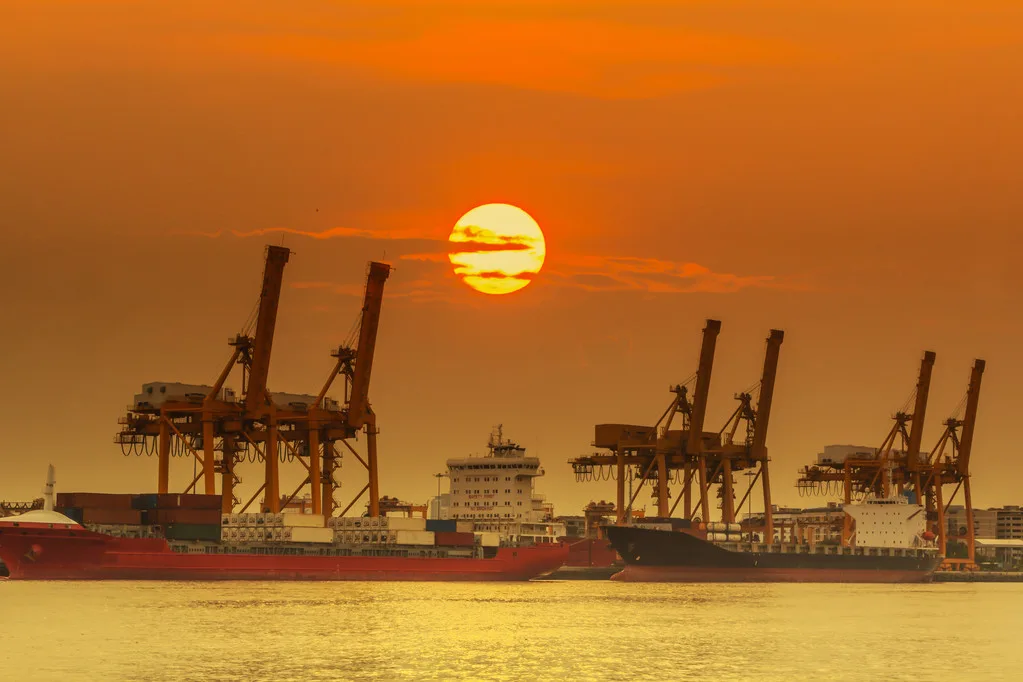
The cargo transportation routes from China to Japan cover air transportation, sea transportation, and direct flights and intermodal transport services in some areas. The following is an overview of several major transportation methods and their routes:
Air Freight Route
Mengtai International Air Transport: Provides international air transport from China to Japan, covering delivery services in Tokyo, Yokohama, Osaka, Nagoya, Sapporo, Fukuoka, Kobe, Hiroshima, Okinawa, Sendai and other places.
China Post Route: It has opened international freight routes such as “Guangzhou-Tokyo”, “Shanghai Pudong-Tokyo”, “Zhengzhou-Tokyo”, etc., using its own aviation network.
Tianjin Cargo Airlines: It has opened a cargo route from Zhengzhou to Osaka, operating multiple flights every week to promote cargo exchanges between the two places.
Sea Shipping Routes
Four Seasons Express and East China Sea Shuttle Express: provide multiple shipping routes from China to Japan, such as Shanghai to Kyushu, Qingdao to Kansai, Kanto, Kanzhong, Kyushu and other routes in Japan.
Jinjiang Shipping: As the main carrier on the China-Japan line, it provides shipping services with high accuracy and its official website supports online booking.
Gangbang Logistics: Provides international shipping services from China to Japan. In order to ensure safe and efficient transportation, it has also set up offices in Japan.
Direct air route from Wuhan to Japan’s Jianghai: The river-sea combined transport shortens the transportation time and connects Hubei, China and the Kansai region of Japan, which is of great significance to promoting economic and trade exchanges between the two places.
Special Routes And Services
Combination of land transportation and sea transportation: Some logistics service providers also provide the method of transporting goods to Chinese seaports by land transportation and then connecting them to Japanese ports by sea transportation, which is especially suitable for the transportation of goods with special geographical locations.
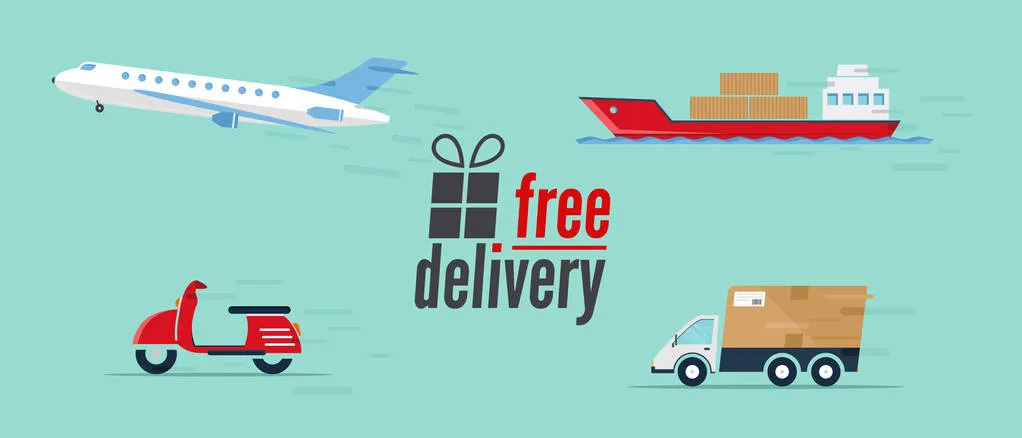
Transportation timeliness: Fast and reliable transportation services ensure that goods arrive on time.
Cost-Effectiveness: Provide competitive prices while ensuring service quality.
Service network: We have an extensive domestic and international service network to ensure that goods can reach all parts of the world conveniently.
Cargo tracking: Provide a real-time cargo tracking system to allow customers to understand cargo dynamics at any time.
Customer service: A professional customer service team that can respond to and solve customer questions and problems in a timely manner.
Customized services: Provide customized logistics solutions according to customer needs.
Safety: Ensure the safety of goods during transportation and reduce the risk of loss and damage.
Customs clearance capabilities: efficient customs clearance services, simplifying import and export processes and shortening transportation time.
NVOCC: China’s officially certified transportation company, owned by only a few companies in China.

